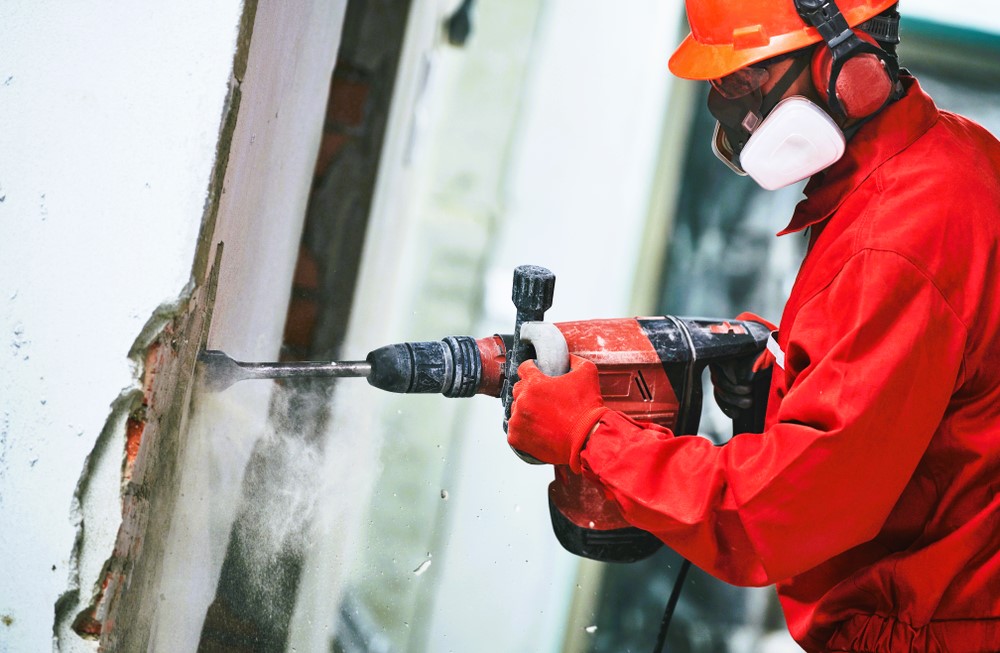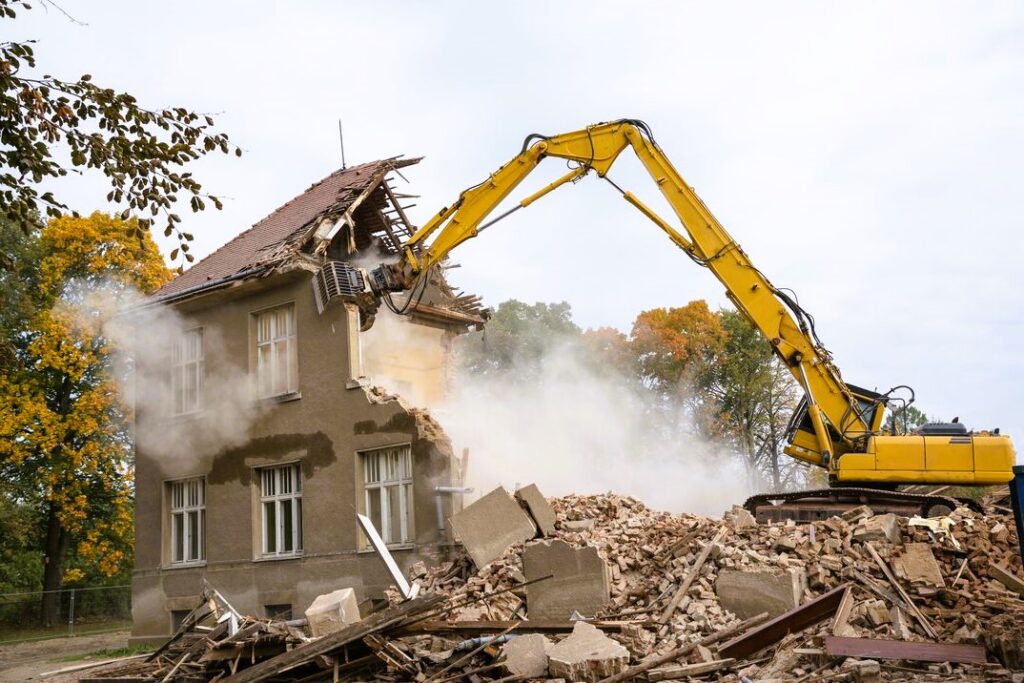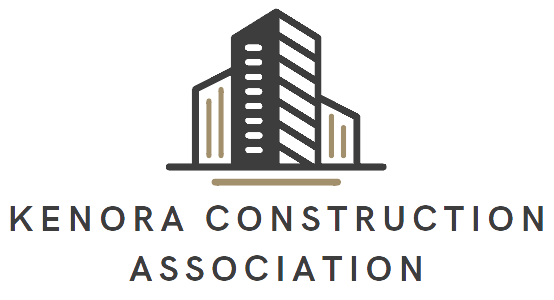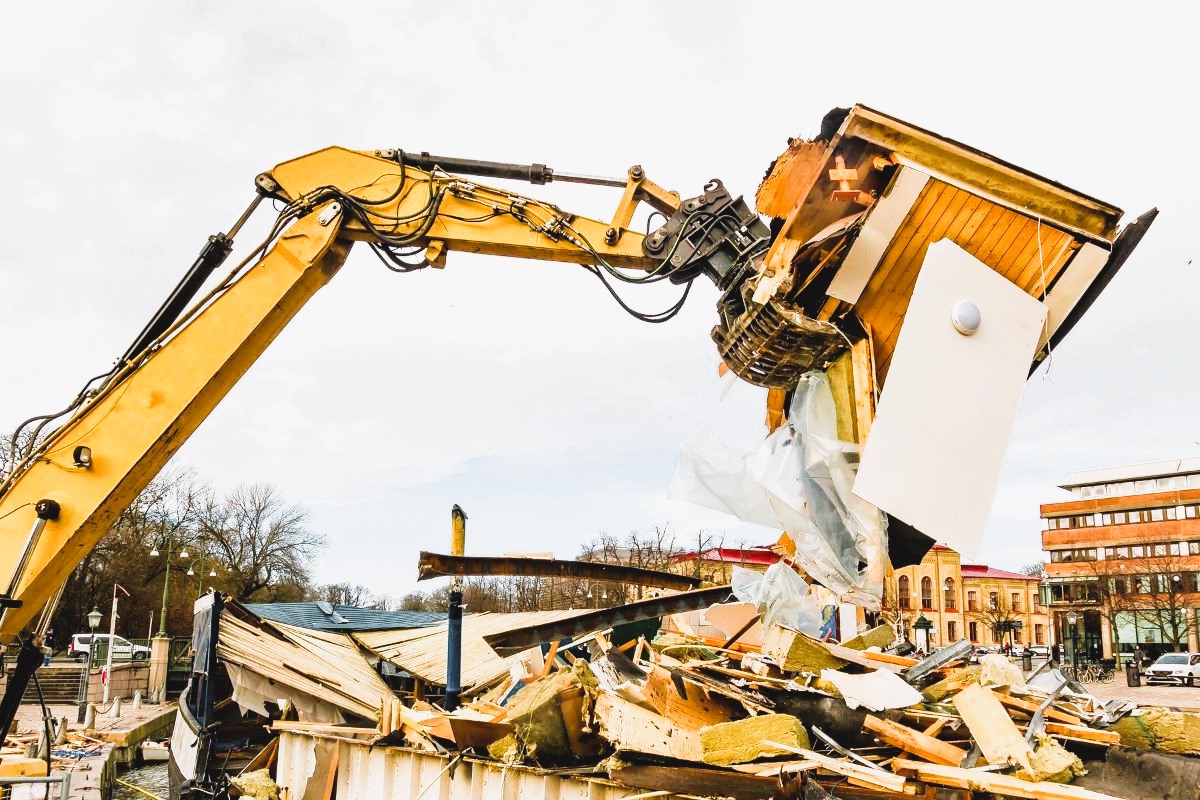Demolition and site clearing are crucial stages in the construction process that require careful attention to health and safety considerations. These activities involve the dismantling, removal, and disposal of existing structures and materials. Ensuring the well-being of workers and mitigating risks associated with demolition and site clearing operations are paramount. This article explores the key health and safety considerations involved in demolition and site clearing, emphasizing the importance of adherence to regulations, proper planning, and the use of appropriate techniques and equipment.
- Compliance with Health and Safety Regulations:
Adherence to health and safety regulations is essential during demolition and site clearing activities. Construction professionals must comply with local, provincial, and federal regulations, including occupational health and safety standards and environmental guidelines. Compliance with these regulations helps protect workers, nearby communities, and the environment from potential hazards associated with demolition and site clearing operations.
- Comprehensive Risk Assessment:

Before commencing any demolition or site clearing project, a comprehensive risk assessment is crucial. Identify potential hazards such as structural instability, hazardous materials, electrical systems, or underground utilities. Conducting a thorough assessment enables the development of effective risk mitigation strategies and the implementation of appropriate safety measures.
- Proper Planning and Sequencing:
Proper planning and sequencing of demolition and site clearing activities contribute to a safe and efficient process. Develop a detailed demolition plan that outlines the sequence of operations, equipment requirements, and safety measures. Consider factors such as nearby structures, utility connections, and potential impacts on the surrounding environment. By following a well-planned approach, potential risks can be minimized, and the demolition process can be executed systematically.
- Hazardous Material Identification and Handling:
Demolition projects often involve the removal and disposal of hazardous materials such as asbestos, lead-based paint, or contaminated soil. Prior to demolition, identify and assess the presence of hazardous materials in accordance with regulatory requirements. Engage qualified professionals for proper handling, removal, and disposal of these materials to ensure worker safety and prevent environmental contamination. Planning and layout of the construction site, more details in our article.
- Safe Equipment Operation:
Safe operation of equipment is crucial in demolition and site clearing. Ensure that operators are properly trained and licensed to operate the required machinery, such as excavators, bulldozers, and wrecking balls. Regular equipment inspections and maintenance are necessary to prevent mechanical failures that could pose risks to workers or compromise the demolition process. Adhere to safety protocols, including the use of personal protective equipment (PPE) and fall protection systems, to protect workers on-site.
- Dust and Air Quality Management:
Demolition and site clearing activities generate dust and airborne particles that can pose health risks. Implement effective dust suppression measures, such as using water sprays or dust control agents, to minimize airborne particulates. Utilize appropriate ventilation systems to maintain good air quality for workers and nearby residents. Regular monitoring of air quality and the implementation of respiratory protection programs further contribute to worker safety.
- Waste Management and Recycling:
Proper waste management is essential during demolition and site clearing. Implement waste segregation practices to separate recyclable materials from non-recyclable waste. Maximize recycling and reuse opportunities to reduce the environmental impact of demolition projects. Dispose of hazardous materials in compliance with regulations and engage licensed waste management companies for safe and responsible disposal.

Resources for Health and Safety in Demolition:
Construction professionals involved in demolition and site clearing can access resources to support health and safety compliance. The following websites provide valuable information on health and safety considerations in demolition and site clearing:
- Wikipedia: Demolition
Conclusion:
Health and safety considerations are of utmost importance during demolition and site clearing activities. Adhering to health and safety regulations, conducting comprehensive risk assessments, proper planning and sequencing, identifying and handling hazardous materials, ensuring safe equipment operation, managing dust and air quality, and implementing effective waste management practices are key factors in maintaining a safe working environment. By prioritizing health and safety, construction professionals can successfully execute demolition and site clearing projects while safeguarding the well-being of workers and the surrounding community.




